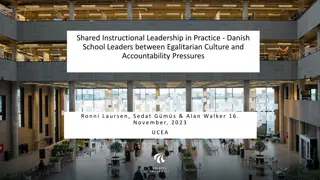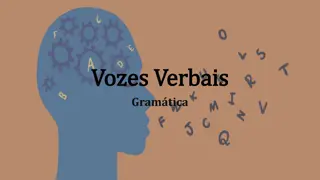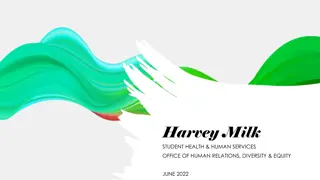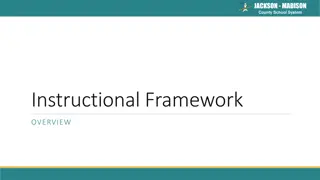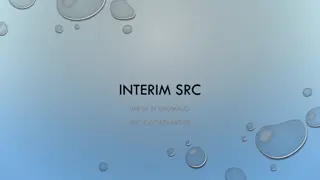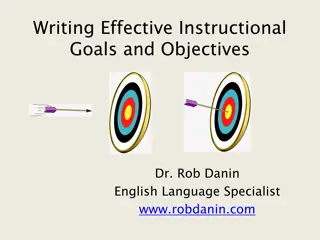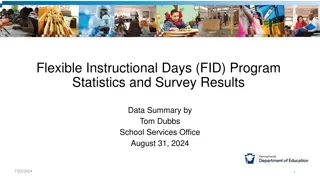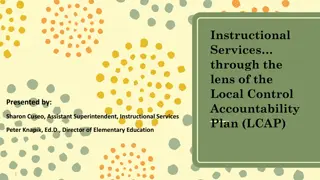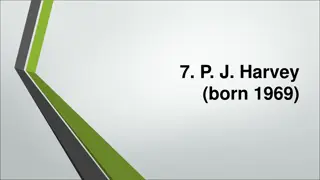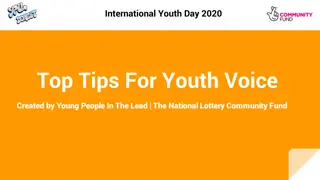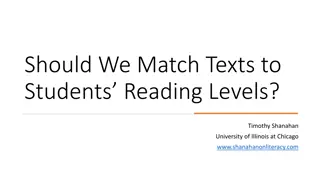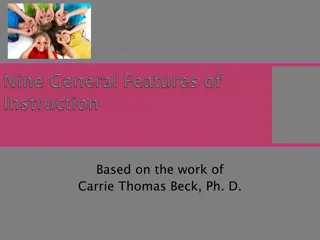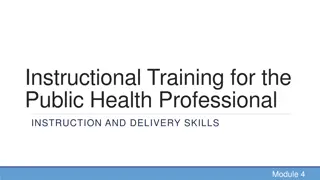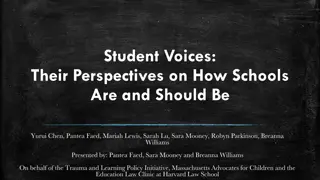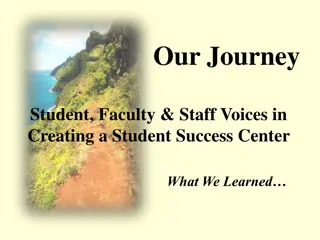Enhancing Instructional Delivery Through Student Voices: A Study by Yelonda Harvey
Yelonda Harvey conducted a study at a Title I school in Ward 7 to investigate the impact of different instructional strategies on students' academic progress. The research involved administering questionnaires to fifth-grade science students, focusing on student preferences for various teaching modalities. Results showed students' preferences for working in small groups and with partners, indicating the importance of student voices in instructional design.
Download Presentation

Please find below an Image/Link to download the presentation.
The content on the website is provided AS IS for your information and personal use only. It may not be sold, licensed, or shared on other websites without obtaining consent from the author. Download presentation by click this link. If you encounter any issues during the download, it is possible that the publisher has removed the file from their server.
E N D
Presentation Transcript
IF YOU ASK ME: USING STUDENT VOICES TO ENHANCE INSTRUCTIONAL DELIVERY YELONDA HARVEY
RESEARCH QUESTION According to their perceptions, which instructional strategies have the most positive impact on the academic progress of students?
METHODOLOGY This study was conducted at a Title I school in Ward 7. A questionnaire was administered to more than twenty-five students 5thgrade heterogeneously grouped science students.
RATIONALE I teach fifth grade science to more than 25 students in Ward 7. Initial observation showed bright, energetic, and non-traditional students. Moving forward into the year, I realized that I would no longer be able to teach my students with only teacher-directed and small group activities. After classroom experiments, I received full participation from my students, fewer distractions with students falling asleep or any behavior concerns, and students were able to rephrase what the claim, evidence and reasoning were for the experiments. As a result, I begin to watch more closely the various ways my students were processing and remembering the information in class. This study will help to reveal how well, if at all, students are able to choose how they best learn.
DIFFERENT MODALITIES Partners Independent Small group Teacher-directed
DATA learn better when when my teacher 2) I do not like it 3) I feel that I 1) I like it better teacher would 4) I wish my when I Responses Teacher stands in front Participates in experiments Work in small groups Work by myself Work with a partner 22.2 22.2 16.7 11.1 27.8 14.7 11.8 17.6 44.1 11.8 22.9 15.7 25.7 17.1 28.6 20 8.6 11.4 11.4 48.6
DATA ANALYSIS 25.7% students preferred to work in small groups, 28.6% identified with working with a partner and small groups 22.9% liked instruction delivered by the teacher.
NEVER SOMETIMES ALWAYS
NEVER SOMETIMES ALWAYS
ALWAYSNEVER SOMETIMES ALWAYS
NEVER SOMETIMES ALWAYS
WORD CLOUD STUDENTS RESPONSES- MY FAVORITE WAY TO LEARN BECAUSE


